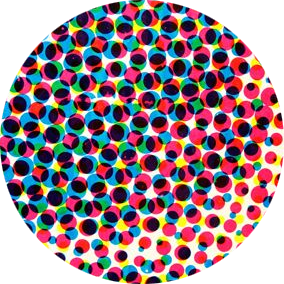Feminism & “Working Girls”

Many histories of comics privilege male characters & connotatively masculine genres. But comics have always responded to changing gender norms, including various waves of feminism. The popular genre of “working girl” comic strips offers many illustrative examples. 1/12




In 1920, following years of marches & strife, the 19th Amendment granted all American women the right to vote. It was a watershed for women’s rights. It meant women across the nation could participate in public life and social discourses that had previously silenced them. 5/12

Working girl comic strips participated in negotiating this new status quo in ways that catered to both feminist women and anti-feminist men (and all points between & beyond). In short: working girls were both silly spectacles to laugh at *and* aspirational ideals. 6/12

Readers could enjoy the vicarious thrill of working girls being serially harassed by their employers or experience identification with their plight. They could mock feminine frivolity or aspire to the glamorous independence of having one’s own money for dresses and dancing. 7/12

But while Winnie’s love of clothes often underlines her frivolity, fashion also becomes a cultural battlefield, as in a series of strips from 1933 commenting, in subversive and conservative ways, on how fashion was changing gender—and/or how gender was changing fashion. 8/12

Fashion also solicited the creative participation of female and feminine-identified fans. Real working women (and those who aspired to be them) participated in dressing cartoon working girls by submitting outfit designs the artists would then transform into paper dolls. 9/12

Moreover, for all her frivolity & frequent workplace incompetence, “Winnie Winkle”—full title, “Winnie Winkle, the Breadwinner”—is fundamentally responsible and altruistic. Prior to her eventual marriage, she works as a secretary to support her parents & adopted brother. 10/12

The most successful working girl strips experienced many transformations over their lengthy tenures. By the time her adventures finally ended in 1996, Winnie Winkle had lived through first-wave feminism, second-wave feminism, and postfeminism. 11/12

Working girl comics are fascinating historical texts. But their most important legacy may be inspiring women to dream bigger in their own stories. Where work enabled Winnie’s glamorous life, in Dale Messick’s “Brenda Starr,” (1940-2011), work itself is the glamorous goal. 12/12
